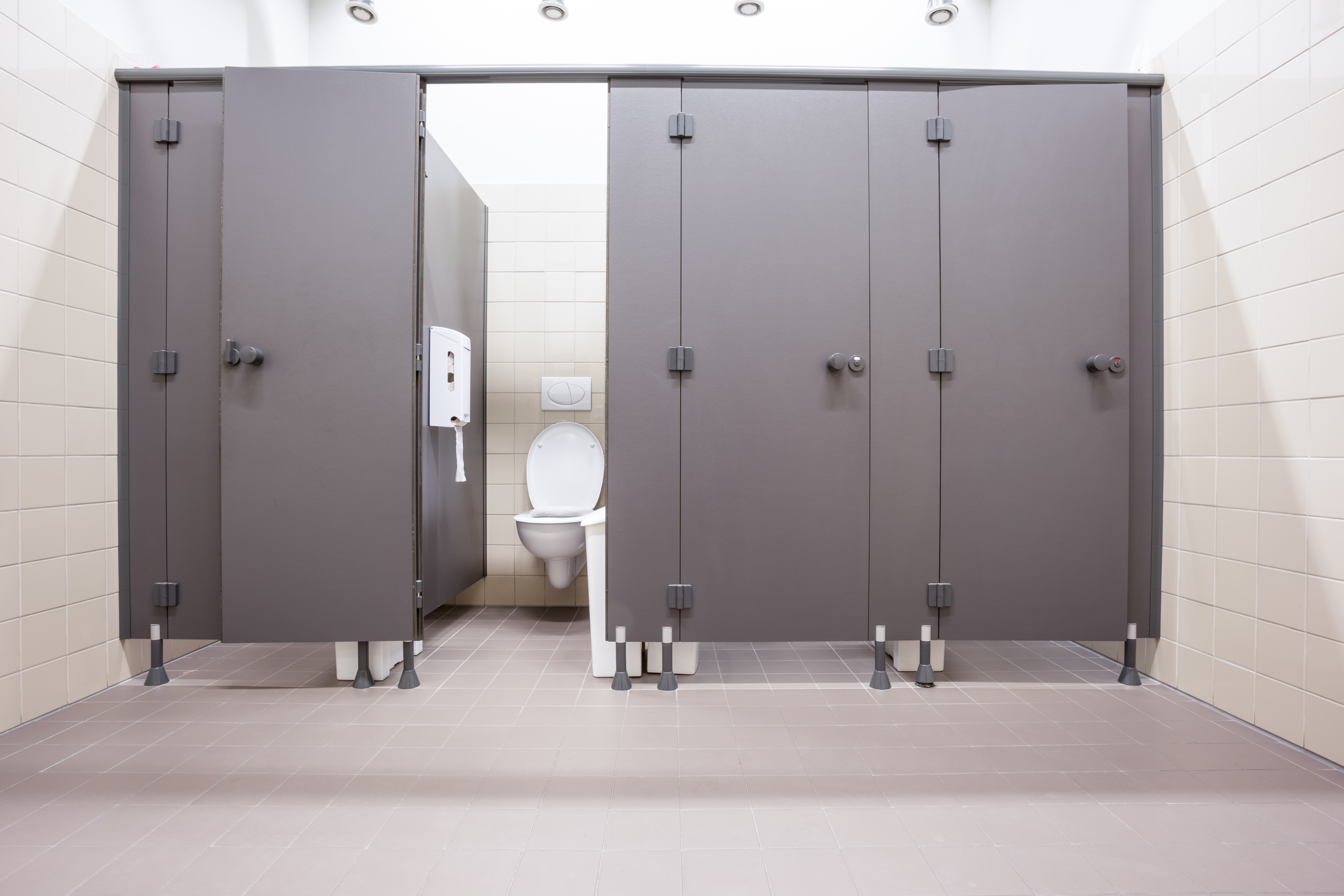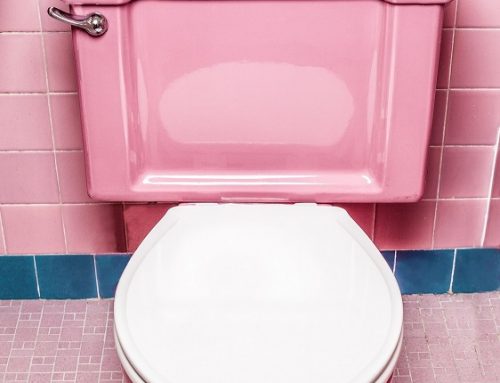Do you find yourself running to the toilet too many times a day? When you get the urge to go, do you have to go, like, NOW!? Do you find yourself peeing “just-in-case”? Do you feel like you really have to urinate but then only void a small amount?
If you answered yes to one of these questions you could be suffering from urinary frequency (urinating too often), urinary urgency (having an overwhelming and inappropriate urge to urinate) or urge incontinence (leaking urine when associated with a strong urge). All of these can also be called Overactive Bladder (OAB) Syndrome. In North America, the prevalence of OAB, is approximately 12% (PubMed).
Sometimes, I hear about women who leak with a cough or sneeze (called stress incontinence). Because they are worried about leaking, they go to the bathroom “just in case” to prevent leaks. They then find themselves going more and more frequently. Other times, women have a lowered (prolapsed) bladder and can’t completely empty themselves. This leads to a feeling of always having to pee. Occasionally, it can be due to poor bladder habits. I’ve seen women who have bladder problems and are in constant search of a toilet inadvertently train their daughters to pee whenever a toilet is present. There are other reasons that bring on these symptoms, but what ultimately happens is that the bladder gets confused as to when it’s actually full.
The bladder is an organ that can change its size. It can expand when it’s full and deflate when it’s emptied. It can hold anywhere from 300 – 600 mL (1 ¼ – 2 ½ cups). Depending on fluid intake, this usually means that someone should be able to go 3-4 hours between urinations. A healthy urination should occur without delay, without straining, with a strong continuous flow and fully empty the bladder (PubMed). This usually lasts between 7 and 16 seconds, though that’s a rough guide. You should be able to delay a urinary urge so that you don’t leak and can make it to the toilet in time.
A healthy bladder should fill and then send a signal to the brain that it needs to be emptied. You can either decide to urinate, or suppress the urge and wait until a more appropriate time. When someone repeatedly urinates too often, or “just in case” or when the bladder cannot empty fully, the message system between the brain and the bladder is disrupted. Over time the bladder gets confused as to when to signal the brain that it needs to be emptied. If it isn’t being filled regularly, it might sense that a half-full bladder is full, and then a 1/4 filled bladder is full. You find the frequency of urination increasing, the sense of urinary urge increasing and can experience leaks along with these strong urges.
While there are many dysfunctions that need to be ruled out and treated, such as a bladder prolapse, weak pelvic floor muscles, tight pelvic floor muscles, spastic bladder syndrome, urinary tract infection or interstitial cystitis, etc, bladder training is often a component of recovery. Bladder training is a series of techniques designed to improve the symptoms of OAB. It is designed to progressively and comfortably ‘stretch’ the bladder to hold more urine before signalling an urge. Here is how I initially teach bladder training to my patients:
- Begin by just monitoring the duration of time that you urinate. You need to have an awareness of how much urine your bladder should hold. I get people to aim for a minimum of 7 seconds, and a maximum of 16 seconds (excluding morning urinations if you have not been up to urinate through the night). If you are having many 3-5 second urinations, you can rest assured that your bladder is designed to hold more.
- When you experience an inappropriate urge to urinate (example: you urinated 15 minutes ago and now you feel as though you need to go again) here are some techniques to try to lessen the urge and allow your bladder to fill up a bit more or to safely walk to a bathroom without leaking. STOP moving and choose ONE of these techniques that work best:
- Kegel for 10 seconds
- Calf raise – a small heel raise x 10 (the nerves that control the bladder also share a connection to the calf muscles)
- Squeeze & mini – squat x 10 (similar to what you see little girls do when they have to pee)
- Mental distraction – say the alphabet backwards, spell names backwards, count backwards from 100 by 7s
ONE OF THESE WILL TYPICALLY LESSEN THE URGE!!!
- Once the urge has lessened you can try to let the bladder fill up some more. If you feel that you do have to urinate, you can walk to the washroom. Some women will have the urge come back even on the way to the bathroom, or right as they reach the toilet. In this case you would stop, use your urge suppression technique and continue on.
- You want to try to delay the time between urinating a little bit each day. The goal is to achieve a bladder that fills up to a normal volume. You should aim for 6-10 urinations per day, or every 3-4 hours, depending on fluid intake.
There are other tips and tricks that I might use depending on the situation but this is generally the strategy. If you think that you might be suffering from an overactive bladder, speak with your healthcare provider in helping you to find relief.
Katie Kelly
Physiotherapist
BSc., MSc. PT







